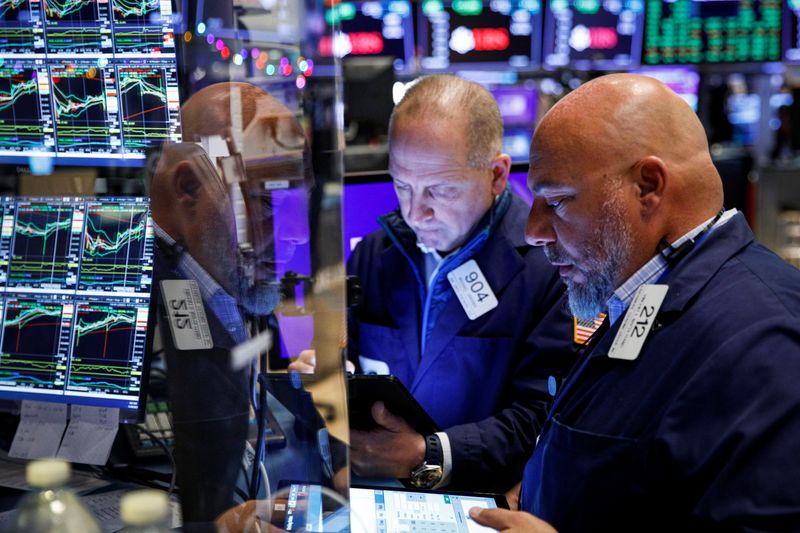JPMorgan strategists released a mid-year outlook, indicating a challenging environment for the continuation of recent stock market trends, which have seen significant gains driven by a small number of large-cap stocks.
The brokerage firm noted that the largest 20 U.S. stocks, which have surged 27% year-to-date (YTD), along with high-quality stocks, have markedly outperformed broader indices like the S&P 500 Equal Weight and the Russell 2000.
The bank's report highlighted that the momentum in stock prices, particularly among the largest companies, has reached extreme levels, with these stocks accounting for 65% of the S&P 500's gains over the past year and 75% YTD.
JPMorgan's price target for S&P 500 remains 4,200, which signals a 23% downside risk from current levels.
JPMorgan expressed skepticism about the ability of these stocks to sustain their earnings growth rates into the second half of the year, a factor crucial for maintaining their price momentum.
The bank anticipates downward revisions in consensus earnings estimates after the second quarter of 2024, as the market faces the cumulative effects of higher interest expenses and a stronger U.S. dollar.
The analysis suggests that the current market conditions, characterized by narrow leadership and extreme momentum crowding, do not support a broadening of growth.
The firm also addressed broader macroeconomic concerns, including the trajectory of the business cycle, which appears to be moving sideways with low-income consumers showing signs of stress.
The market's rebound in the fourth quarter of 2023 was based on the expectation that the Federal Reserve would cut rates significantly, but this has since been adjusted to only about two cuts for the year given persistent inflation.
Lastly, JPMorgan recommended investors diversify their portfolios by adding allocations to "anti-momentum Defensive Value plays" such as Utilities, Staples, Healthcare, and Telecom, which offer a hedge against potential market volatility and risks associated with geopolitical events, elections, and unsynchronized global economic cycles.
